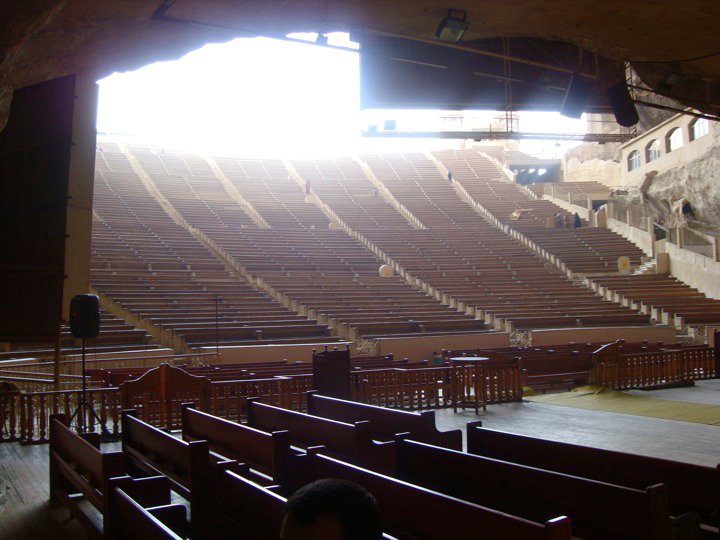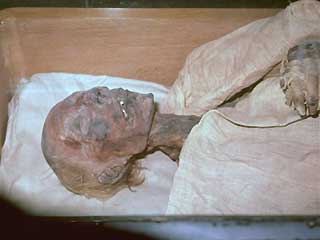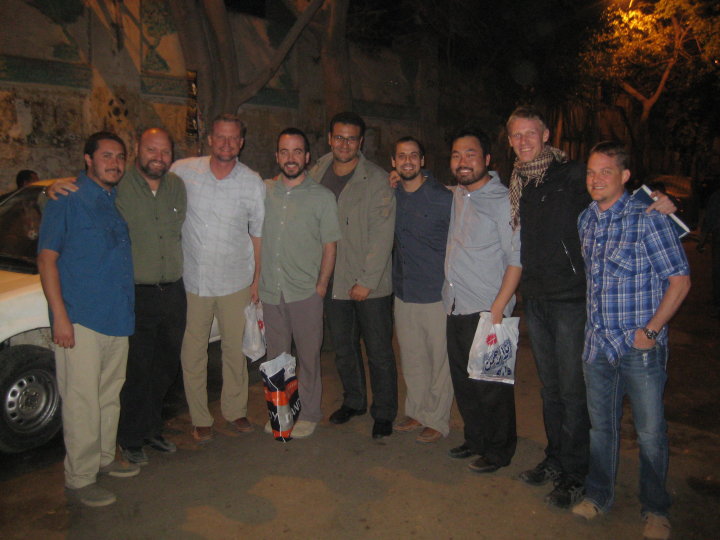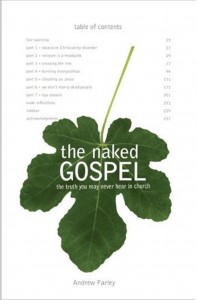Egypt Reflections Pt.3
One of the coolest experiences of our visit to Egypt was seeing the Cave Church in Cairo. It is the largest Christian church in the Middle East. To get to it, we went through what is known as Garbage City. In Cairo, there is a lot of trash all around the streets. One of the reasons is that Muslims don’t usually touch trash as it makes them unclean. As a result, it is the Egyptian Christians that take care of most of the trash. That trash ends up in one central area… Garbage City. So you have a Christian area in Cairo centered around trash, and right after it you come up to the side of a cliff. From afar, you’d think nothing of it. But then it suddenly emerges out of the side of the rock and you see one of the most immense structures you’ve ever seen. There are stone pews for seating more than twenty thousand people…and they fill it regularly! It was incredible to see this church in the middle of a Muslim country and at such an unpredictable location. They also have artistic depictions of the Jesus narrative carved into the sides of the mountain. It serves as a great example of the diversity of the Church and that it isn’t dependent on any one thing to thrive.
According to their website:
“This church was erected on two stages: The first stage before its enlargement was a cave made of limestone embraced in the mountain. The height of the ceiling was only one meter high. This cave was used for prayer by a number of brethren for the salvation of people in the area. During the first stage, the ground was deepened and leveled in front of the altar. It was used as a church in 1986, to be the first church in the monastery. People attending sat on mats and rugs which were spread before the altar and on some side chairs. Due to the increasing number of attendants, it was decided to enlarge the church. At a later stage, the ground was deepened and the church building was completed on 27 Nov, 1993. In 1994, it was equipped with fixed stone chairs in the shape of gradual curved benches to hold 20,000 (Twenty Thousand) people. It is considered the biggest church in the monastery. The church is also equipped with an audio-visual system and a large T.V screen to transfer both sound and sight clearly to the public.”






 I’ve reached the point, like many others I know, where I’m quite bored of my music collection. As a result, I’ve been listening to Pandora recently and I’ve been quite impressed. Pandora is great because I can play it at home or anywhere where I have internet on my computer. It comes in very handy when you are sitting in Starbucks and trying to drown out the never-ending coffee machine reminder beeps that they have going on behind the counter…
I’ve reached the point, like many others I know, where I’m quite bored of my music collection. As a result, I’ve been listening to Pandora recently and I’ve been quite impressed. Pandora is great because I can play it at home or anywhere where I have internet on my computer. It comes in very handy when you are sitting in Starbucks and trying to drown out the never-ending coffee machine reminder beeps that they have going on behind the counter…




